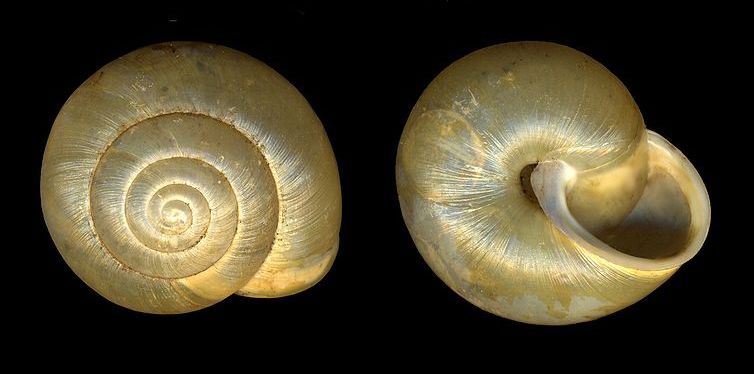Habitat
The Patera clenchi are listed on the IUNC
endangered species list. This is brought about largely since there are
very few places where it has been described. Pilsbry in 1940 described
the Patera clenchi as being found along the limestone bluffs of
the White River in Calico Rock, Arkansas. The only other locality that
it has been found at is in Yell County of Arkansas (Hubricht,
1985). In these
habitats also live a large variety of other animals that
Just as there are few localities that the Patera
clenchi are found in, they also have a very particular
environmental niche. The IUNC notes that the species tends to be found
amongst leaf litter, as many other Polygyridae species are. Since the
dark straw color of their shells blend with it, the leaf litter provides
a place of protection from predators (BioExpedition,
2012). The leaf litter
also provides another function as it breeds fungi which are the primary
food source of the Polygyridae family of snails (Pilsbry,
1940). They also stick
to rocky areas of ledges, cliffs, and slopes (Hubricht,
1985). The rocky areas
that it inhabits are also likely in response to predation as predators
would have a more difficult time finding them amongst the rocks (BioExpedition,
2012). In addition they mostly move around their habitat freely in
the rain or at night time (Pilsbry
1940). The cliffs the snail lives on also seem to exclusively be
exposed to the south (Hubricht,
1985).
Go home
